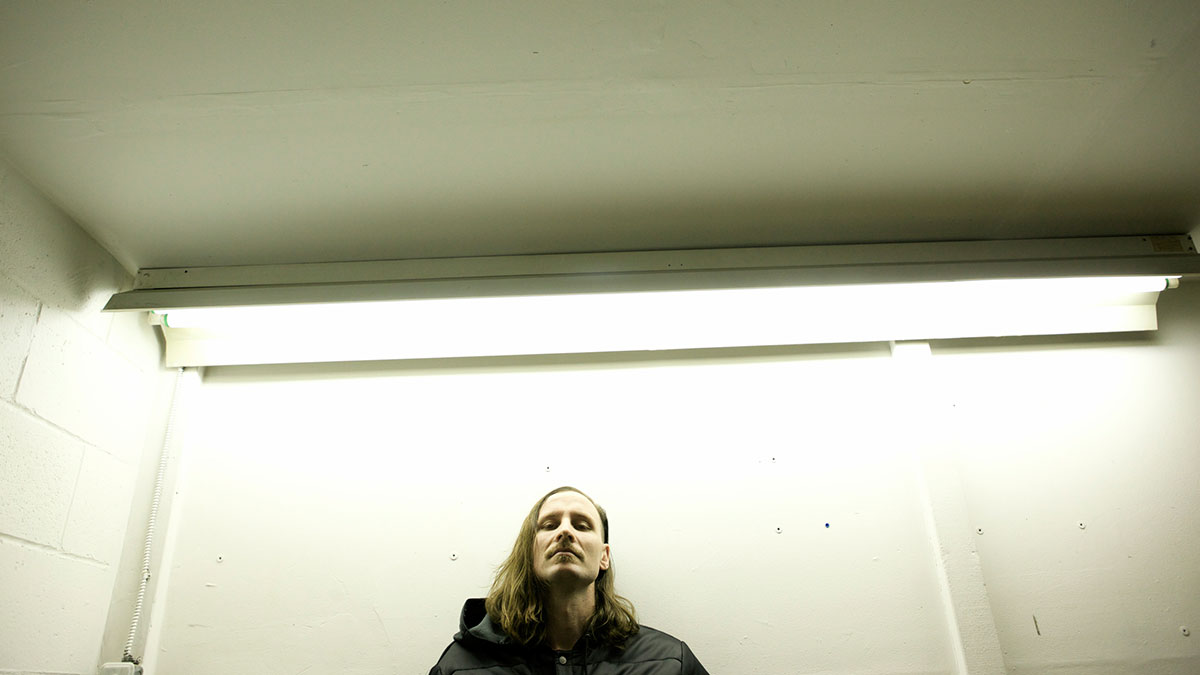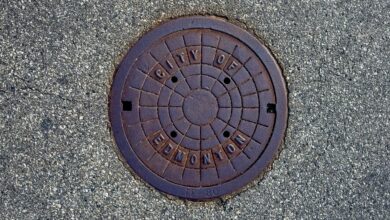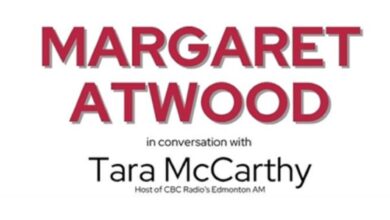Synthesizing with old equipment
 Supplied - May Truong
Supplied - May TruongWhat: Cairbou w/ Egyptrixx
When: Wednesday, Apr. 15 at 8 p.m.
Where: Union Hall (6204 99 Street)
Cost: $25
The only way for most modern electronic music artists to keep their head above water in the industry is to keep buying newer, more elaborate, more expensive synthesizers and other new technologies in order to create clean, crisp tracks. But for Toronto-based Egyptrixx, the aim is to create gritty, heavily texturized layers of sound.
For his third studio album, Transfer of Energy (Feelings of Power), the mastermind behind Egyptrixx, David Psutka, used a tight musical palate to achieve a heavy, yet totally danceable, wall of sound.
“I scraped together a couple of sounds that I think worked for the intention of the record,” he describes. “I wanted it to be clangy and tough-sounding.”
In order to achieve this, Psutka chose to use old, cheap synthesizers from what he describes as “a combination of access and curiosity.” Equipped with a DX7, System 100, JX3P and some modular synths, he got to work creating layers of noise for the album. It’s by no means Psutka’s first rodeo, having worked as a sound producer for many years.
“I put a lot of energy into sound design and I’m very interested in the texture of sounds,” Psutka describes. “Working as a studio producer has given me better skills to work in that way. I have a little more familiarity working with sound, creating sound.”
Psutka’s hard work bore delicious fruit. The album stands out as an artistic expression rather than succumbing to the headache-inducing cacophony of sound that is so typical of experimental electronic artists. The 45-minute long, seven-track album has been extremely well-received since its release in February of this year.
Some of the success following Transfer of Energy (Feelings of Power) can be attributed to Egyptrixx’s ongoing collaboration with the visual artist ANF, who provides music videos and visual elements for live shows. The music video for the album’s title track, for example, features gritty imagery of futuristic cities paired with high-contrast, highly texturized moving patterns.
This visual aspect is brought into live Egyptrixx shows in a constantly evolving manner, with unique changes to the performance catered to fit in any venue.
“We tailor each show and performance so that it works for the space,” Psutka explains. “They’re different each time.”
All too often, musicians ignore the power of combining visual art with live sound.
It’s not easy to stand out as an electronic music artist, only those who can create a more interesting, cohesive sound have an edge over the thousands of budding wannabes. Instead of clamoring for new and expensive instruments like so many others, Egyptrixx’s gritty, well-produced layers of sound from old, inexpensive synthesizers has proven that more can be accomplished with less.
“I used whatever I had access to,” Psutka says. “I can’t just go buy a new piece of equipment.”




